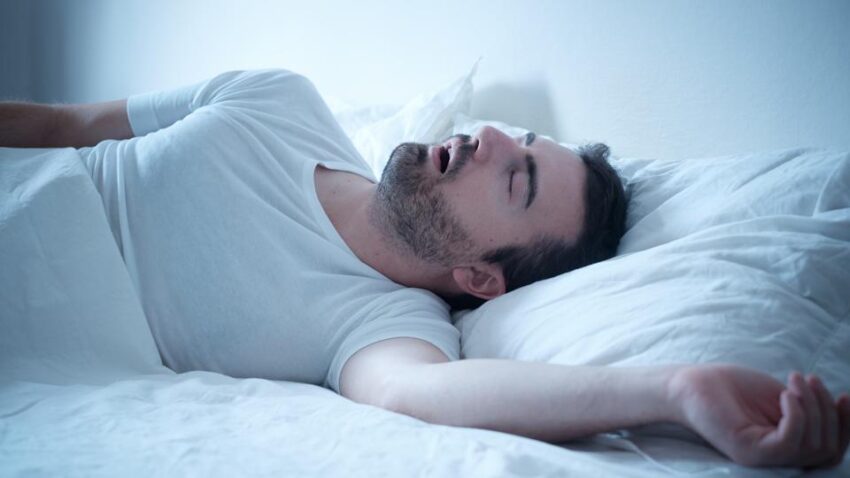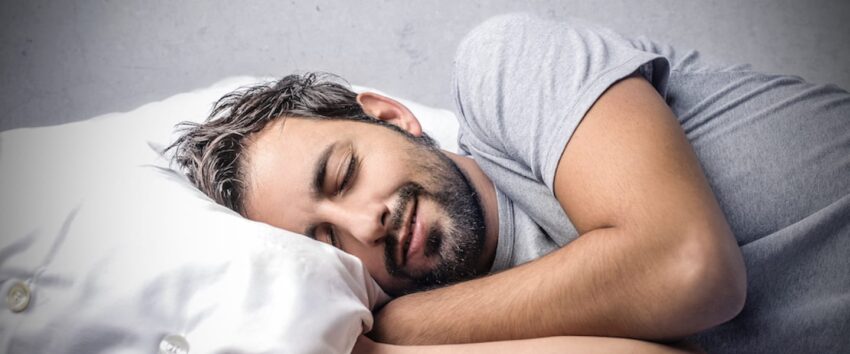Sleep is an essential part of our lives, and getting quality sleep is crucial for our physical and mental health. However, some people struggle with sleep disorders that prevent them from getting the restful sleep they need. This is where a sleep study comes in. In this article, we will provide a comprehensive guide to what happens in a sleep study, including the preparation, the procedure, and the results.
What is a Sleep Study?

A sleep study, also known as a polysomnography, is a test that measures different aspects of your sleep. It is typically conducted in a sleep center or a hospital and involves spending the night hooked up to several monitoring devices that track your brain waves, eye movements, heart rate, breathing, and other physiological activities.
Why is a Sleep Study Necessary?
A sleep study is necessary to diagnose sleep disorders such as sleep apnea, insomnia, narcolepsy, restless leg syndrome, and parasomnias. These disorders can have severe consequences on your health, including daytime sleepiness, poor concentration, depression, hypertension, and heart disease. A sleep study can help your doctor identify the cause of your sleep disorder and recommend the appropriate treatment.
How to Prepare for a Sleep Study
Before the sleep study, your doctor will give you specific instructions on how to prepare. Some common preparations include:
- Avoiding caffeine, alcohol, and sedatives for at least 24 hours before the study.
- Eating a light meal before the study.
- Bringing comfortable sleepwear and personal toiletries.
- Informing the sleep center of any medication you are taking.
What Happens During a Sleep Study?
When you arrive at the sleep center, a sleep technician will escort you to your private room, where you will spend the night. The technician will explain the procedure, answer any questions you have, and attach several monitoring devices to your body. These devices include:
- Electrodes on your scalp, temples, and chin to measure brain waves and muscle activity.
- Sensors on your chest and abdomen to measure breathing movements.
- A clip on your finger or earlobe to measure oxygen levels in your blood.
- Wires attached to your legs to measure muscle activity.
The technician will then start the recording equipment and ask you to sleep as usual. During the night, the technician will monitor the data and may adjust the devices or ask you to change your position if necessary. If you need to use the bathroom during the night, the technician will unhook some of the devices temporarily.
What Happens After a Sleep Study?
After the sleep study, the technician will remove the monitoring devices, and you can shower and change. The recorded data will be analyzed by a sleep specialist, who will interpret the results and provide a report to your doctor. The report will include information on:
- The amount and quality of your sleep.
- Your breathing patterns and any apneas or hypopneas.
- Your heart rate and rhythm.
- Any abnormal movements or behaviors during sleep.
Based on the report, your doctor will recommend appropriate treatment for your sleep disorder. Treatment options may include:
- Continuous positive airway pressure (CPAP) therapy for sleep apnea.
- Medications for insomnia or restless leg syndrome.
- Behavioral therapy for insomnia.
- Lifestyle changes, such as weight loss or exercise.
Conclusion
A sleep study is a valuable tool for diagnosing and treating sleep disorders. By understanding what happens during a sleep study, you can feel more comfortable and prepared for the procedure. If you are struggling with a sleep disorder, talk to your doctor about whether a sleep study is right for you.



